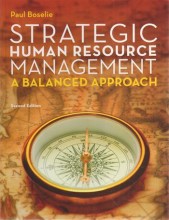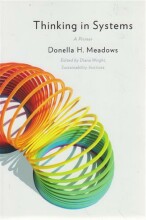Contrasting Goald - Artikel Hahn et al
5 important questions on Contrasting Goald - Artikel Hahn et al
Hahn et al also discusses two fits: the compensatory fit and the supplementory fit. How do these fits differ from Mintzberg?
Hahn distinguishes compensatory and supplementary fit. What is the difference?
Within supplementory fit, the contrasting organizational goals result in outcomes which are more in the same direction. They are jointly valuable in achieving a certain outcome. Put it differently: the outcomes make each other more effective. This way, the performance scale is increased: goals are getting closer together in a way that you can be more in depth.
The nature of this is determined by research constraints and external contingencies.
Regarding CSP (Corporate social performance), Hahn et al distinguishes between instrumental rationale and moral rationale. What is the difference?
Moral rational is about the moral case in which CSP is intrinsically driven. Organizations address social issues because they want to do the right thing.
- Higher grades + faster learning
- Never study anything twice
- 100% sure, 100% understanding
The key take away of the article of Hahn et al is that it is important to take into account the external contingencies when making decisions between balancing and combination (compensatory vs supplementary fit). What should organizations do when striving for CSP and there is:
- Stakeholder uncertainty?
- Stakeholder scrutiny?
when there is stakeholder scrutiny, it means that stakeholders pay a lot of attention to the social issue. Then it makes more sense to make a combination of moral and instrumental driven alternatives, corresponding with a more supplementary fit, using linking mechanisms and climate reflexivity.
What are linking mechanisms as discussed by Hahn et al, related to CSP?
The question on the page originate from the summary of the following study material:
- A unique study and practice tool
- Never study anything twice again
- Get the grades you hope for
- 100% sure, 100% understanding
































